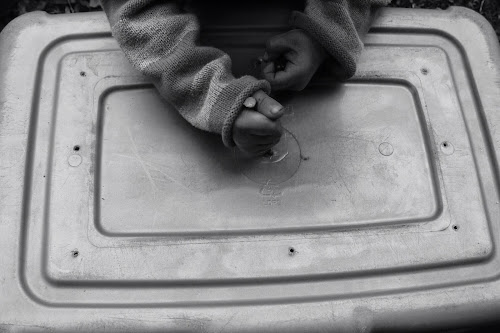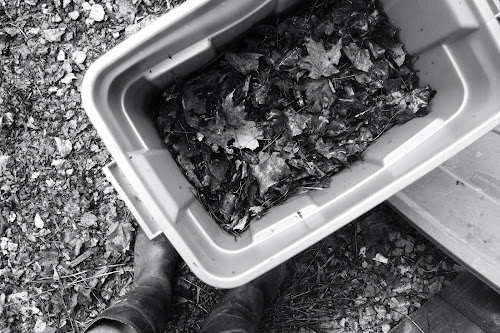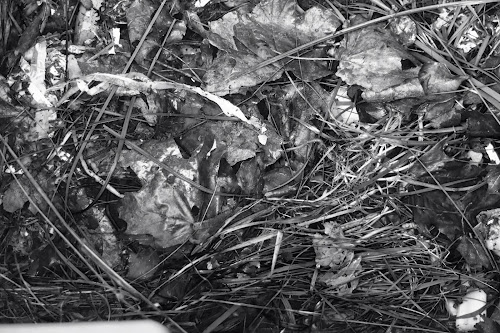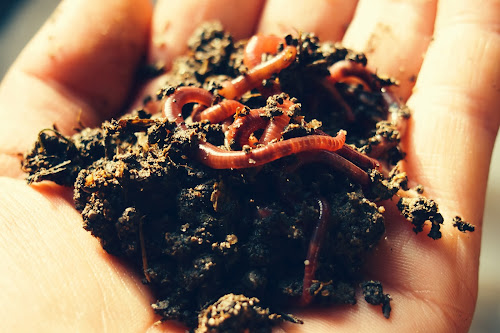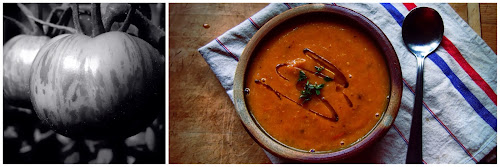Yet we cling desperately to each moment.
Despite being faced with catastrophic climate change, global economic upheaval, continuous war, and widespread human tragedies, a quiet ignorance persists in our daily lives.
It is becoming painfully clear that the Western industrial way of life is coming to a close.
Even the mainstream media is reluctantly printing stories that allude to unavoidable crises in the near future.
Regardless of where you stand on the issues at stake,
change is inevitable.
It is the irrefutable law of the universe.
We argue about peak oil and energy policy.
We argue about food security.
We argue about the health of the global ecosystem.
We argue about economic strategies.
All the while, change continues to bear down on our way of life.
Change can occur in any number of ways.
It can come quickly, or gradually, peacefully or violently.
We can embrace change or attempt to reject it.
This could be the end, or the beginning.
The question is, do we rage against change,
or adapt?
It is a question of survival.
Not everybody is oblivious to the urgency of change.
At the risk of being marginalized by friends and family, thousands of people are quietly preparing themselves.
There are also those who are taking the message to the masses in the hope that imminent threats are taken seriously; often at great risk.
This is usually viewed as fear mongering.
But fear is relative to perception.
For some, change may mean being plunged into helplessness.
For others, change heralds a transition to a better world;
the opportunity to grow as a species and make amends for past wrongs.
Is it spreading fear or bringing hope?
Your answer may indicate how prepared you are for change.
How do you prepare for an uncertain future?
Prepare by building strength and resilience into your family and your community.
Look closely and you will see the weaknesses.
Poverty and hunger.
Disproportionate wealth distribution.
Growing energy costs.
A precarious standard of living.
Environmental degradation.
The hardening of our hearts and dissolution of community.
Even if you believe the threats as being little more than paranoid conspiracy theories, and that the world will carry on as is,
bear in mind society’s many frailties.
The same issues associated with preparing for change are the very debilities that remain outstanding as we struggle to maintain the social fabric.
Society, in itself, is our greatest strength, as we work together for the common goal of survival.
Why would we hesitate to take the steps forward that strengthen us all?
A healthy community is in everyone’s best interest.
Fostering strong and healthy communities ensures that change is met with
strength and determination.
After all, the spirit of cooperation has helped human civilization persevere through countless periods of great change throughout history.

